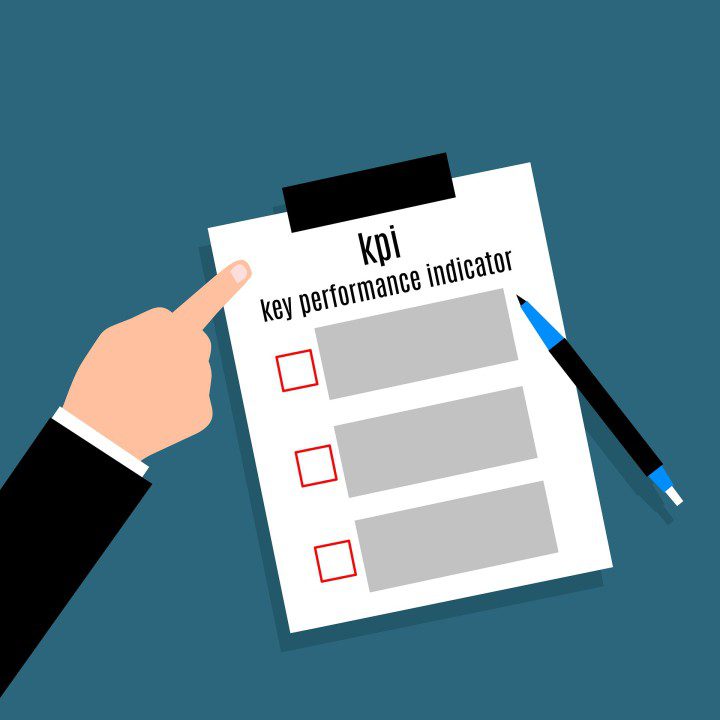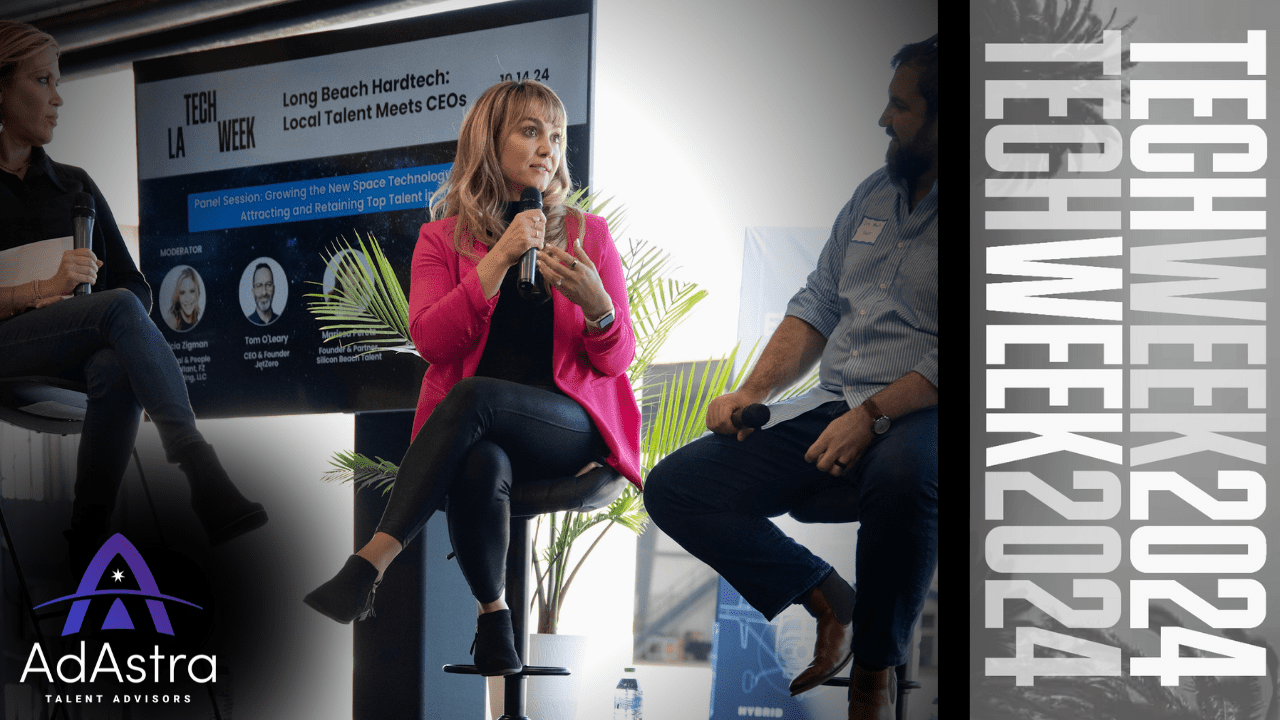When you’re done reading this article let me know your thoughts and ideas on my LinkedIn post, so we can keep the conversation going.
“If you don’t know where you are going, you’ll end up someplace else.” – Yogi Berra
Imagine this scenario: you are running a startup with a couple of business partners, and you realize that to grow and succeed, you will need more talent on your team. Your expertise is in the realm of the technology that your company is producing; it is not necessarily in recruiting. Understanding a few basic principles about recruiting can make a huge difference to success or failure.
Find Metrics 1 – 5 in Part one of this article
Find Metrics 6 – 8 in Part two of this article
9. Funnel Analysis
This will help you forecast accurately how many candidates you’ll need to fill similar roles. In order to fill each role, how many candidates were sourced, how many candidates were interviewed, how many candidates were offered, and how long did it take? By calculating that across a number of similarly titled roles or roles within a department, when you go to open a new role or forecast when to launch a new search, you can accurately estimate how long it will take to fill. Of course this depends on having enough candidates in the top of the funnel, and enough interviewers to handle the candidates flowing in. This also allows you to look holistically at your conversions between stages, for example to assess if many candidates passing the phone screen don’t successfully pass the onsite interview, which allows you to tighten up the phone screen process.
10. Time to Hire
Looking at the time lapse between stages of your process will help you tighten up your interview strategy. How many days elapse between when an application is submitted and the phone screen interview? From phone screen to onsite interview? From onsite to offer, and finally from offer to start date? It is extremely advantageous to keep a short turn around on all of these to keep momentum flowing, keep your hiring costs low, and to reduce the chance that an excellent candidate is scooped up by a competitor with a more streamlined hiring process. This data will also be helpful in calculating how much time your process requires from initial contact to the start of productivity for a new position.
11. Keeping Great Notes
This isn’t a metric, but keeping tabs on the excellent candidates you interact with is incredibly valuable for future hires. Consider establishing a standard format and process for all interviewers to collect and share their interview notes soon after completion, and post them in a central location for future reference.
The success of a startup hinges on the quality of the people it hires, and to attract the right talent, it’s important to track key hiring metrics. Cost of Vacancy, Source of Hire, Withdrawal Reason, Cost per Hire, Quality of Hire, Perceived Success of Rejected Candidates, and Diversity are all important factors to monitor when measuring recruiting success. Understanding these metrics will help startups to optimize their hiring process, reduce costs, and attract the best talent to their team. By keeping an eye on these key metrics, startups can gain a competitive edge and ensure long-term success.
If you liked this article, check out my others:
Top 10 Interview Tips for Candidates
Biggest Mistakes Candidates Make in Interviews
How to Become Incredibly Passionate About Your Work
Top 3 Do’s and Don’ts of Starting a Business
How to Get an Amazing Mentor (and Why it Matters)
Mentorship Programs Reveal Big Wins for Companies (People Ops Pros Listen Up)
Mastering the Art of Negotiation: Tips and Strategies for Success














